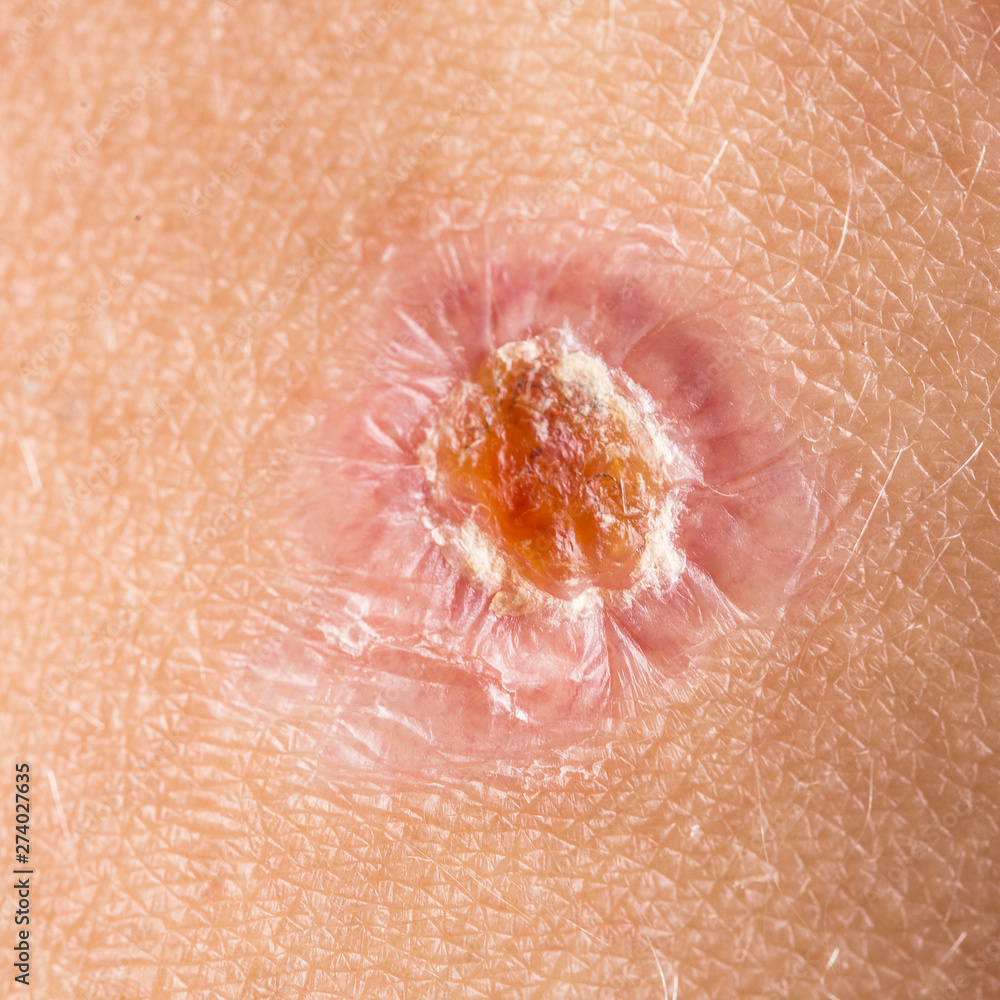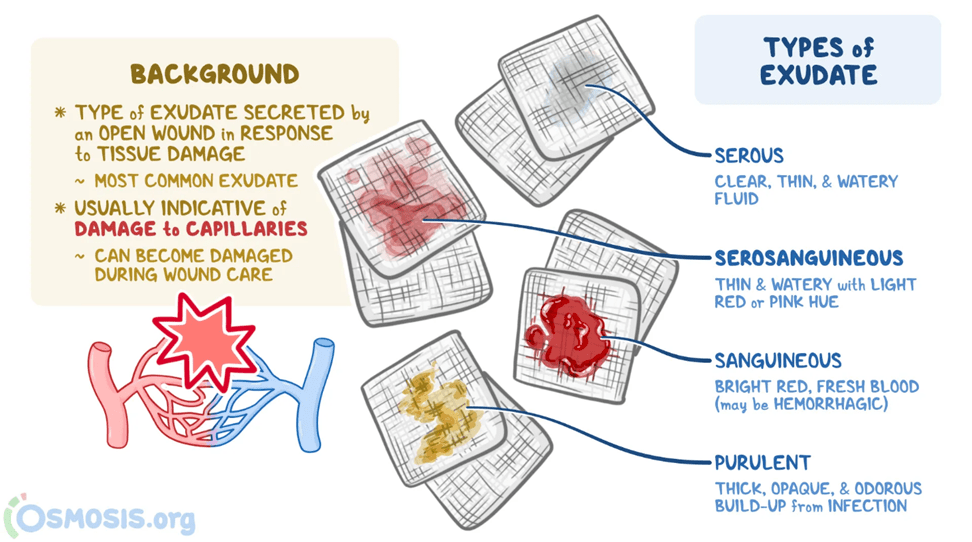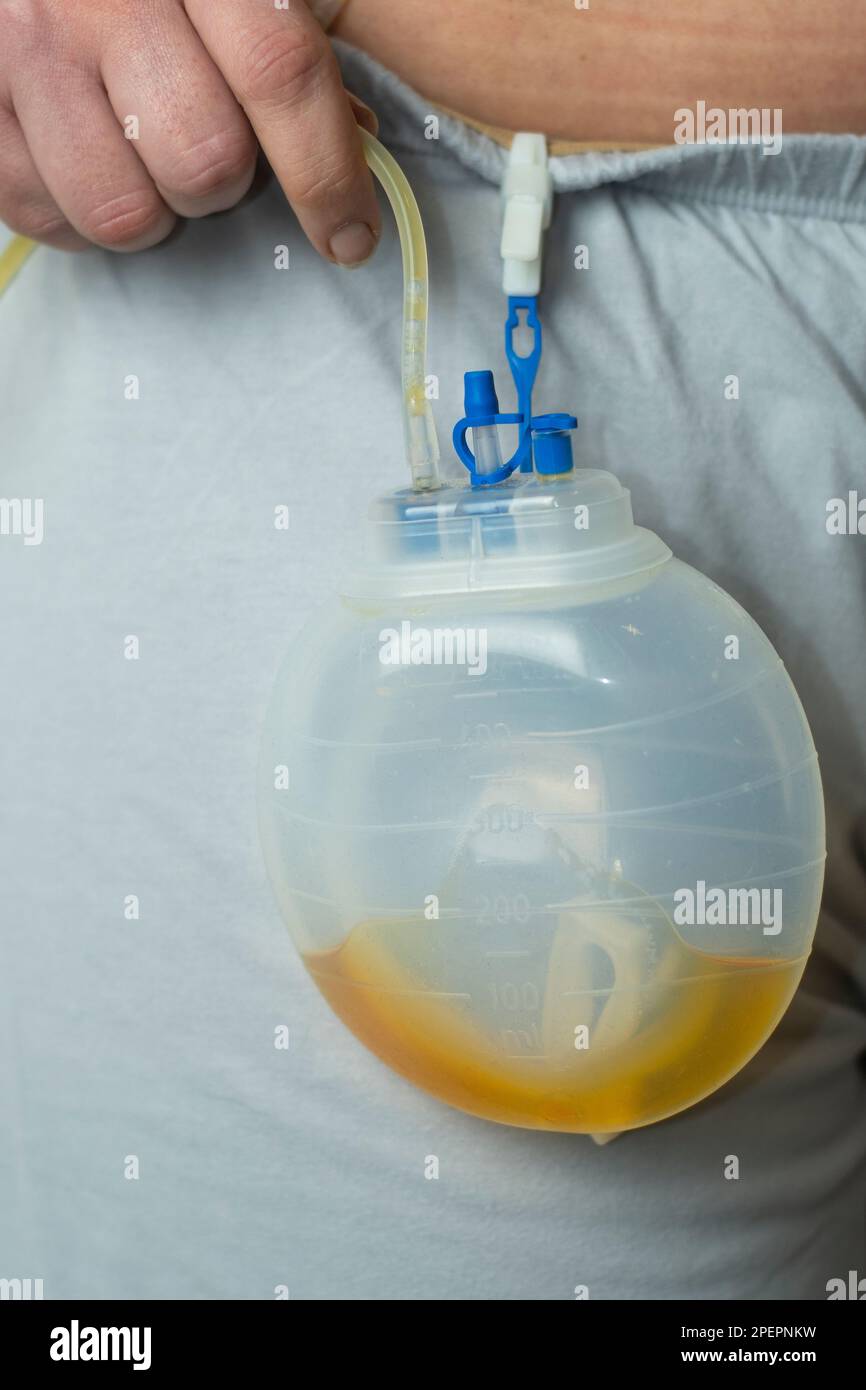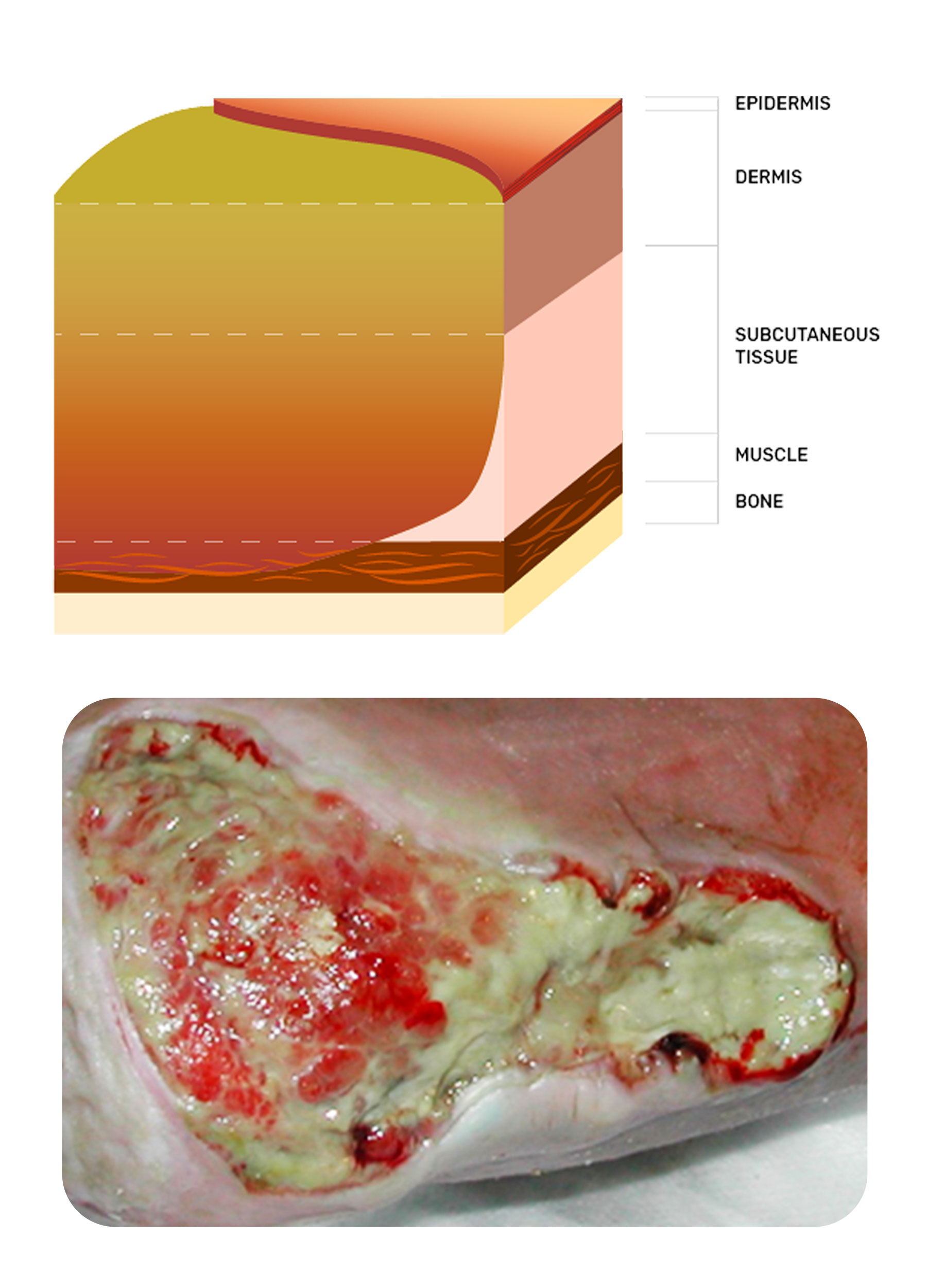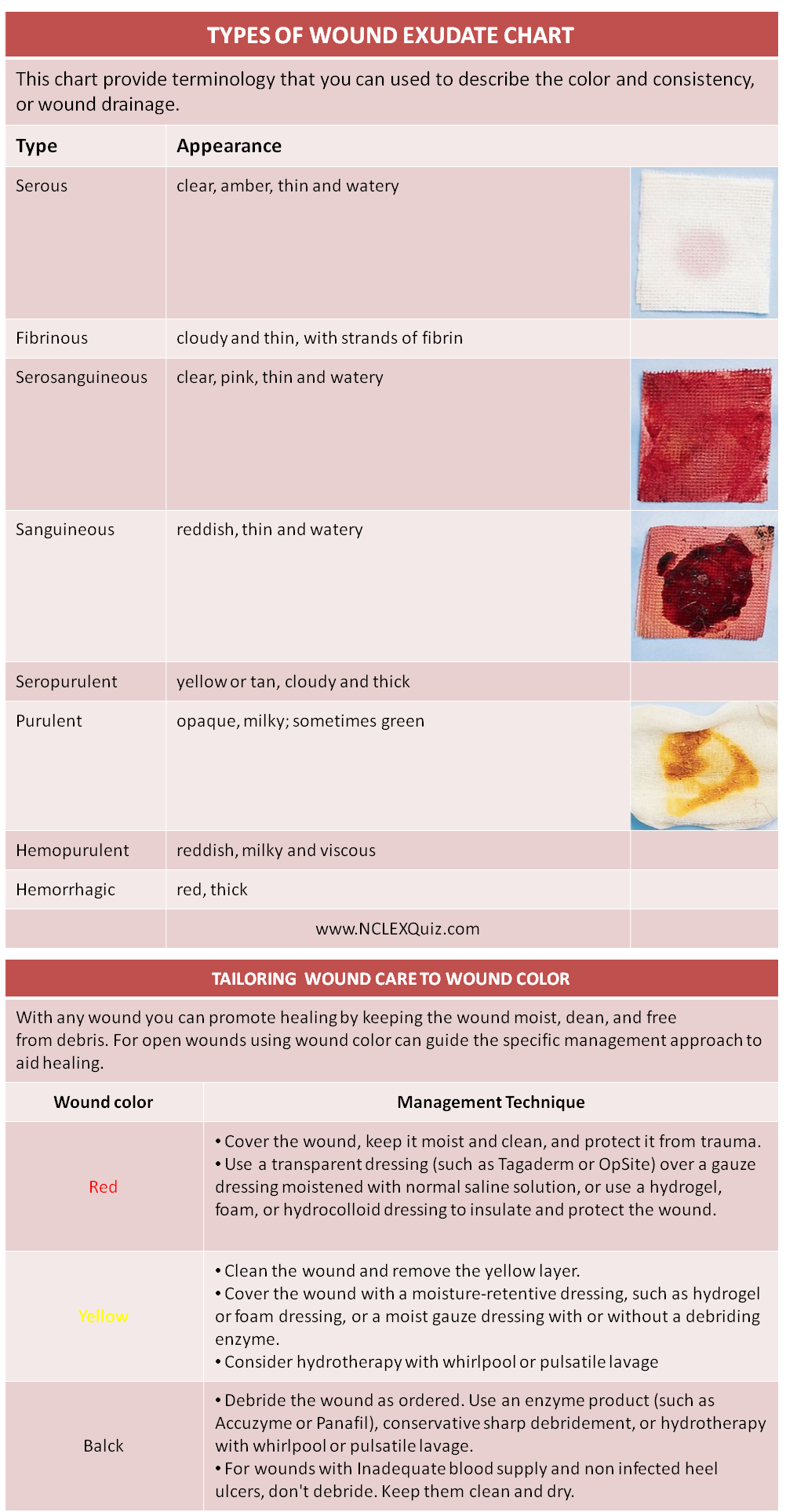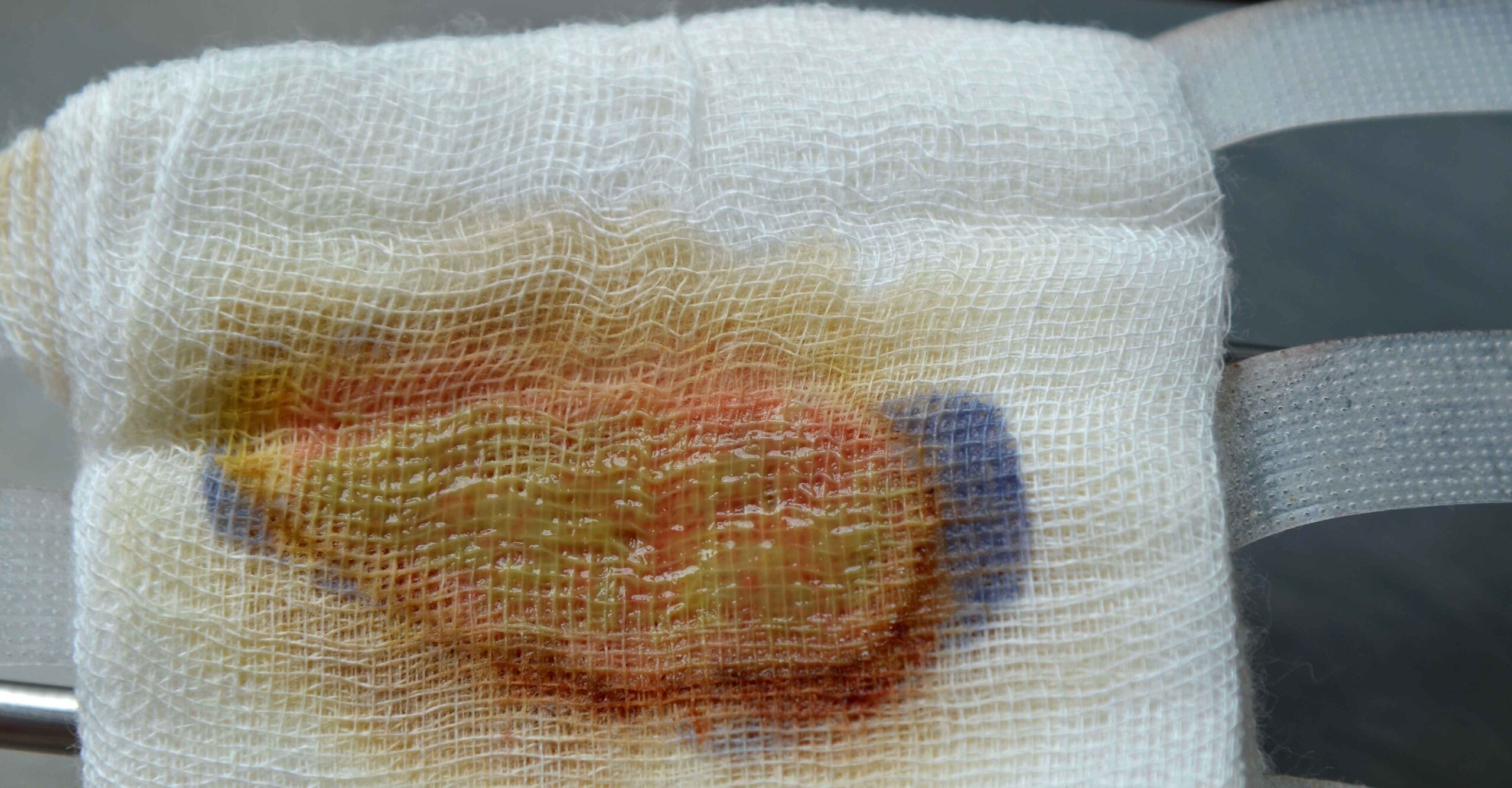Wound With Yellow Discharge
Wound With Yellow Discharge - It’s the fluid that makes your bandage look and feel wet. It’s slightly thicker than water. Purulent discharge, which is a thick, white, yellow, or brown fluid coming from the wound, is a sign of infection and should not be ignored. This usually appears as a thin, often slightly yellow fluid that’s mostly water,. Wound drainage may be caused by surgery,. Serosanguineous drainage is the normal discharge of fluid from a wound or incision site after surgery. The type and amount of drainage are key indicators of wound severity, as well as if your wound is infected or in the healing process. Serous drainage is a clear to yellow fluid that leaks out of a wound. When examining wound drainage, several factors should be considered, including the color, consistency, amount, and odor. These factors will guide the nurse in determining whether the.
It’s slightly thicker than water. These factors will guide the nurse in determining whether the. The type and amount of drainage are key indicators of wound severity, as well as if your wound is infected or in the healing process. Serous drainage is a clear to yellow fluid that leaks out of a wound. It’s the fluid that makes your bandage look and feel wet. This type of wound drainage is a. Wound drainage may be caused by surgery,. Serosanguineous drainage is the normal discharge of fluid from a wound or incision site after surgery. This usually appears as a thin, often slightly yellow fluid that’s mostly water,. When examining wound drainage, several factors should be considered, including the color, consistency, amount, and odor.
It’s slightly thicker than water. This usually appears as a thin, often slightly yellow fluid that’s mostly water,. Purulent discharge, which is a thick, white, yellow, or brown fluid coming from the wound, is a sign of infection and should not be ignored. These factors will guide the nurse in determining whether the. When examining wound drainage, several factors should be considered, including the color, consistency, amount, and odor. The type and amount of drainage are key indicators of wound severity, as well as if your wound is infected or in the healing process. Wound drainage may be caused by surgery,. This type of wound drainage is a. Serosanguineous drainage is the normal discharge of fluid from a wound or incision site after surgery. It’s the fluid that makes your bandage look and feel wet.
WOUND DRAINAGE! 1) Serous Clear, watery plasma 2) Purulent Thick
Serosanguineous drainage is the normal discharge of fluid from a wound or incision site after surgery. Wound drainage may be caused by surgery,. The type and amount of drainage are key indicators of wound severity, as well as if your wound is infected or in the healing process. This type of wound drainage is a. This usually appears as a.
My wound started turning yellow does this mean it’s infected? r/woundcare
This usually appears as a thin, often slightly yellow fluid that’s mostly water,. When examining wound drainage, several factors should be considered, including the color, consistency, amount, and odor. Purulent discharge, which is a thick, white, yellow, or brown fluid coming from the wound, is a sign of infection and should not be ignored. This type of wound drainage is.
A closeup view of a small skin wound during the healing process, yellow
Serosanguineous drainage is the normal discharge of fluid from a wound or incision site after surgery. The type and amount of drainage are key indicators of wound severity, as well as if your wound is infected or in the healing process. This usually appears as a thin, often slightly yellow fluid that’s mostly water,. Serous drainage is a clear to.
Exudate Definition and Examples Biology Online Dictionary
Wound drainage may be caused by surgery,. When examining wound drainage, several factors should be considered, including the color, consistency, amount, and odor. Serosanguineous drainage is the normal discharge of fluid from a wound or incision site after surgery. This usually appears as a thin, often slightly yellow fluid that’s mostly water,. Purulent discharge, which is a thick, white, yellow,.
Can a wound heal with pus in it?
This usually appears as a thin, often slightly yellow fluid that’s mostly water,. This type of wound drainage is a. It’s slightly thicker than water. Purulent discharge, which is a thick, white, yellow, or brown fluid coming from the wound, is a sign of infection and should not be ignored. The type and amount of drainage are key indicators of.
What Is Yellow Drainage From Wound at Mildred Lesley blog
Serosanguineous drainage is the normal discharge of fluid from a wound or incision site after surgery. The type and amount of drainage are key indicators of wound severity, as well as if your wound is infected or in the healing process. It’s slightly thicker than water. This type of wound drainage is a. When examining wound drainage, several factors should.
Wound Care A Guide to Practice for Healthcare Professionals
Wound drainage may be caused by surgery,. Purulent discharge, which is a thick, white, yellow, or brown fluid coming from the wound, is a sign of infection and should not be ignored. The type and amount of drainage are key indicators of wound severity, as well as if your wound is infected or in the healing process. Serous drainage is.
Types of Wound Exudate Cheat Sheet NCLEX Quiz
Serous drainage is a clear to yellow fluid that leaks out of a wound. It’s the fluid that makes your bandage look and feel wet. This type of wound drainage is a. Purulent discharge, which is a thick, white, yellow, or brown fluid coming from the wound, is a sign of infection and should not be ignored. When examining wound.
Wound Drainage Assessment
This type of wound drainage is a. This usually appears as a thin, often slightly yellow fluid that’s mostly water,. It’s slightly thicker than water. Wound drainage may be caused by surgery,. It’s the fluid that makes your bandage look and feel wet.
Figure 1 from Wound Healing and the Role of Biomarkers and Biofilms
It’s slightly thicker than water. The type and amount of drainage are key indicators of wound severity, as well as if your wound is infected or in the healing process. It’s the fluid that makes your bandage look and feel wet. Serosanguineous drainage is the normal discharge of fluid from a wound or incision site after surgery. Serous drainage is.
Serous Drainage Is A Clear To Yellow Fluid That Leaks Out Of A Wound.
Purulent discharge, which is a thick, white, yellow, or brown fluid coming from the wound, is a sign of infection and should not be ignored. It’s the fluid that makes your bandage look and feel wet. This type of wound drainage is a. The type and amount of drainage are key indicators of wound severity, as well as if your wound is infected or in the healing process.
This Usually Appears As A Thin, Often Slightly Yellow Fluid That’s Mostly Water,.
When examining wound drainage, several factors should be considered, including the color, consistency, amount, and odor. It’s slightly thicker than water. Wound drainage may be caused by surgery,. Serosanguineous drainage is the normal discharge of fluid from a wound or incision site after surgery.


